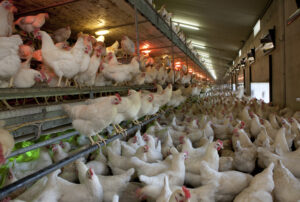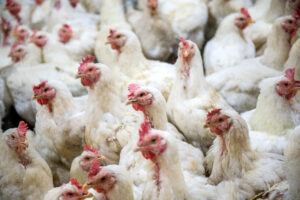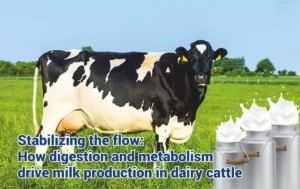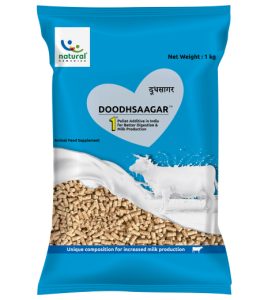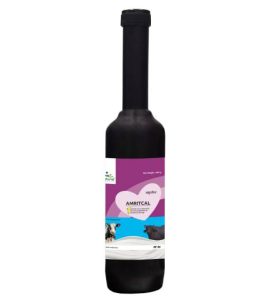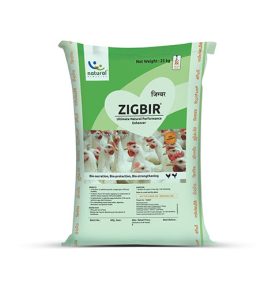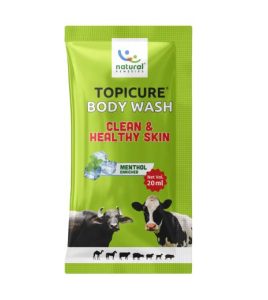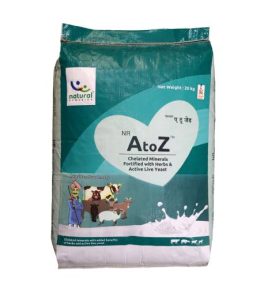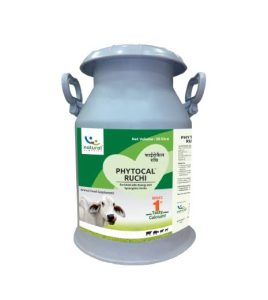In modern poultry production, achieving optimal efficiency while maintaining flock health is a delicate balance. One of the critical factors influencing broiler efficiency and performance is stocking density—the number of birds housed per unit of space. While increasing stocking density can improve production efficiency and profitability, it can also have significant impacts on broiler behaviour, health, and overall performance. Understanding these effects is crucial for ensuring sustainable and ethical poultry farming.
What is Stocking Density?
Stocking density is typically expressed in kilograms per square meter (kg/m²) and is regulated by industry standards and animal healthcare guidelines. It varies based on factors such as climate, ventilation, housing system, and local regulations. In commercial broiler production, stocking densities commonly range between 30 to 45 kg/m², depending on management practices.
How High Stocking Density Affects Broiler Behaviour
When broilers are stocked at high densities, their ability to express natural behaviours is often restricted. Some key behavioural changes observed include:
1. Reduced Locomotion and Activity
At higher densities, broilers experience limited space for movement, leading to decreased activity levels. This reduction can negatively impact their muscle development and increase the risk of metabolic disorders such as lameness.
2. Increased Competition for Resources
High stocking density often leads to increased competition for feed and water, potentially causing uneven growth rates within a flock. Dominant birds may consume more feed, while weaker ones struggle to meet their nutritional requirements, leading to higher weight variability.
3. Higher Incidences of Agonistic Behaviour
Crowded conditions can lead to stress and aggression among birds, resulting in pecking, feather damage, and sometimes even injuries. This increases susceptibility to infections due to compromised skin integrity.
4. Increased Resting Time and Poorer Feather Condition
Broilers at high densities tend to rest more due to restricted movement. However, resting on litter that is wet or ammonia-laden can lead to footpad dermatitis, breast blisters, and hock burns, all of which affect bird welfare and carcass quality.
5. Impaired Thermoregulation
Overcrowding reduces air circulation, making it harder for birds to dissipate heat effectively. This can lead to heat stress, causing panting, reduced feed intake, and increased water consumption, all of which negatively impact growth performance and overall health.
Striking the Right Balance: Best Practices
While higher stocking densities can enhance farm productivity, it is essential to implement management strategies that mitigate their negative effects on bird behaviour. Some best practices include:
- Optimized Ventilation: Ensuring proper air circulation reduces heat stress and improves air quality.
- Adequate Feeder and Drinker Space: Providing enough access points prevents competition and ensures uniform feed intake.
- Litter Management: Keeping litter dry helps prevent footpad issues and enhances overall comfort.
- Environmental Enrichment: Adding perches, pecking objects, and other enrichments can encourage natural behaviours and reduce stress.
- Regular Health Monitoring: Tracking flock behaviour and health indicators allows early intervention for welfare concerns.
Conclusion
Stocking density is a critical component of broiler management, directly influencing bird behaviour, and performance. While higher densities can improve farm efficiency, they must be carefully managed to prevent adverse effects on broiler behaviour. By implementing good management practices and prioritizing bird comfort, poultry producers can achieve both sustainable productivity and boost flock health in modern broiler farming.











